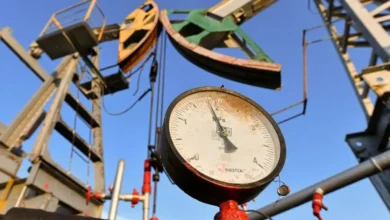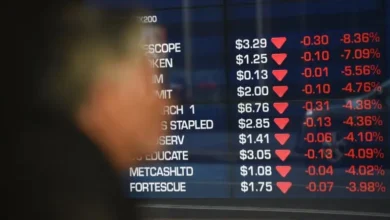Russia short of around 4.8 mln workers in 2023, crunch to persist: Report

Russia was short of around 4.8 million workers in 2023 and the problem will remain acute in 2024, the Izvestia newspaper reported on Sunday, citing experts and research from the Russian Academy of Science’s Institute of Economics.
Central Bank Governor Elvira Nabiullina said last month that Russia’s depleted labor force was causing acute labor shortages and threatening economic growth as Moscow pumps fiscal and physical resources into the military.
Hundreds of thousands of Russians left the country following what the Kremlin calls its special military operation in Ukraine which began in February 2022, including highly-qualified IT specialists.
Those who took flight either disagreed with the war or feared being called up to fight in it.
The outflows intensified after President Vladimir Putin, who earlier this month lauded a historically low jobless rate of 2.9 percent, announced a partial military mobilization of around 300,000 recruits in September 2022.
Putin has said he sees no need for a new wave of mobilization for now.
Izvestia, citing the author of the research, Nikolai Akhapkin, said that labor shortages had sharply increased in 2022 and 2023. It said that drivers and shop workers were in particularly high demand.
According to official data, cited by the newspaper, the number of vacancies in the total workforce rose to 6.8 percent by the middle of 2023, up from 5.8 percent a year earlier.
“If we extend the data presented by Rosstat (the official statistics agency) to the entire workforce, the shortage of workers in 2023 will tentatively amount to 4.8 million people,” the newspaper cited the new research as saying.
It noted that Labor Minister Anton Kotyakov had said that workforce shortages were felt hard in the manufacturing, construction, and transportation sectors, forcing companies to raise wages to try to attract more employees.
The newspaper cited Tatyana Zakharova of Russia’s University of Economics named after G.V. Plekhanov as saying that the labor shortages would probably persist next year, as vacancies for factory workers, engineers, doctors, teachers, and other professions would be especially hard to fill.
She cited poor demographics and “the migration of the population,” as among the reasons for the labor shortages.










